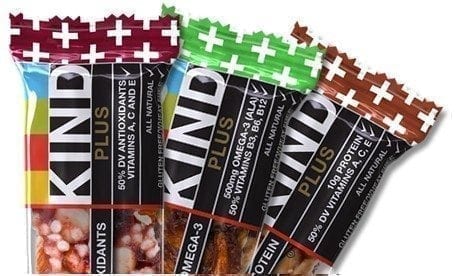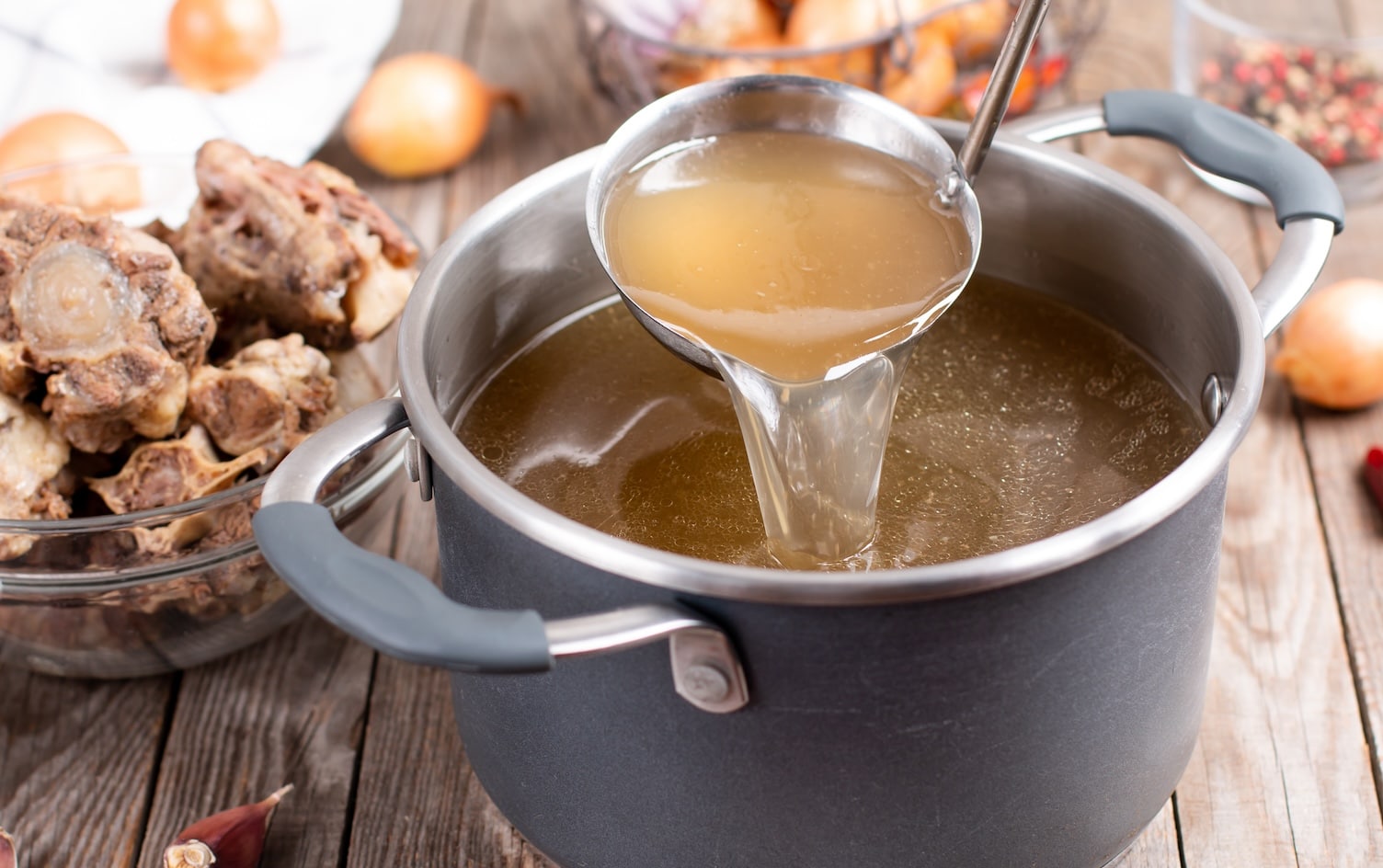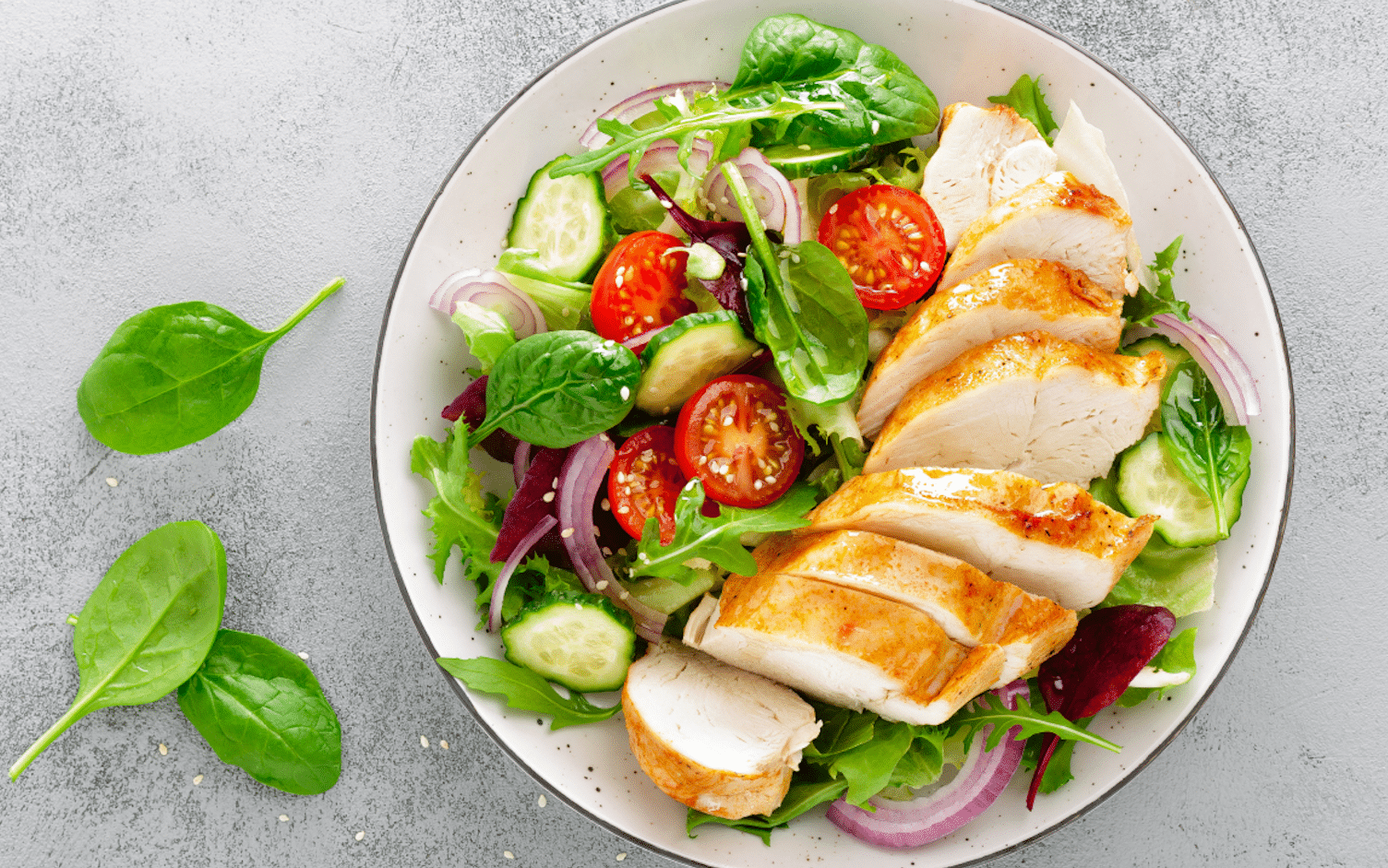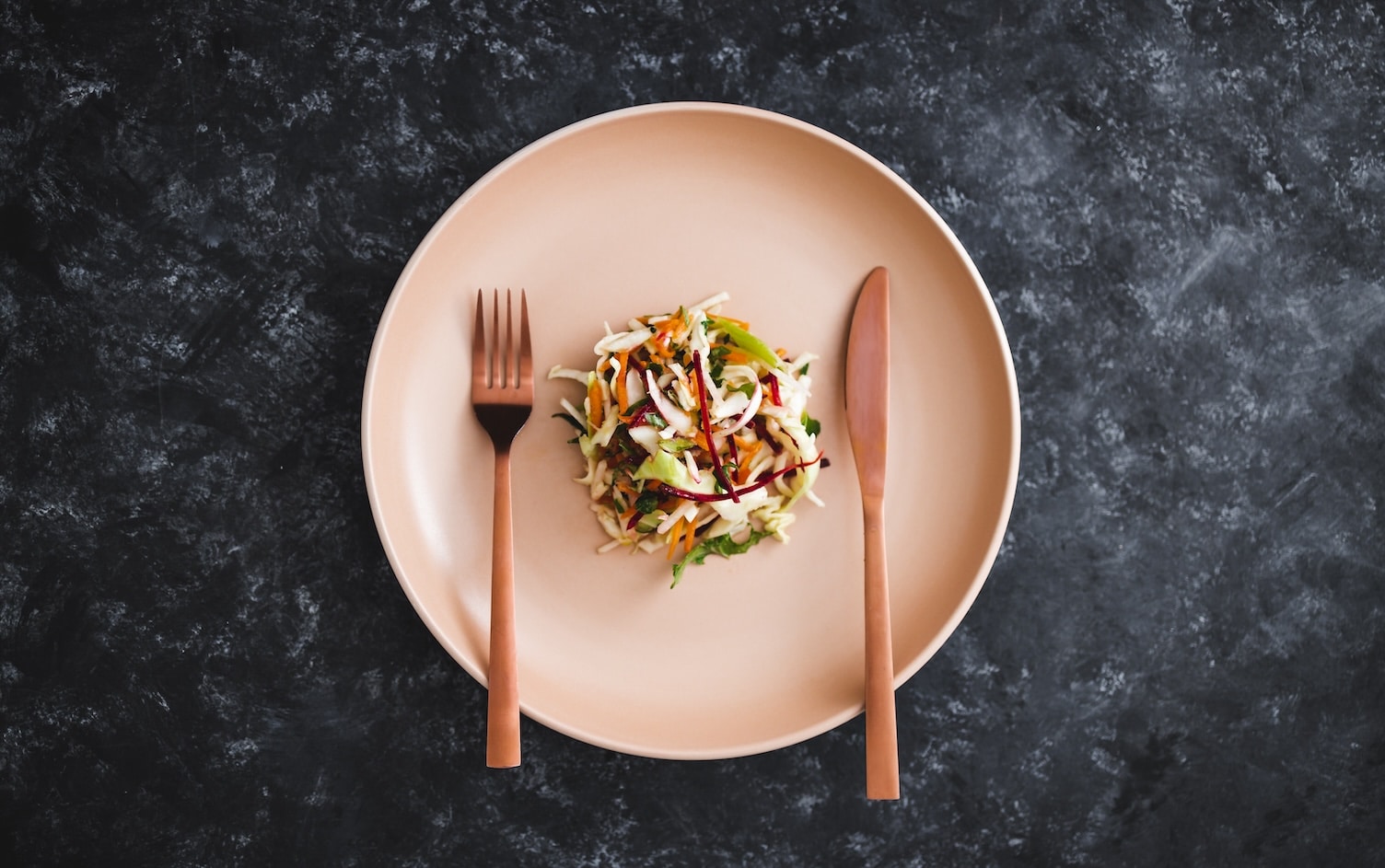The grab-and-go KIND bar may be a convenient snack marketed as wholesome for using ingredients you can see and pronounce. However, the FDA recently asked that KIND Healthy Snacks, the popular bar’s makers, halt it’s use of the term “healthy” on all its packaging and website as well as nix the “+” sign from its labels. You’re probably thinking: “This is a little nuts!” and you would be right.
Why Is the FDA Doing This?
The FDA sent a detailed letter to explain that some KIND bars use the term “healthy” on its label when it did not meet the criteria to market the bar in this way. Additionally, certain KIND bars used the “+” sign to indicate nutrients in a way that goes against FDA regulations. Here are examples of KIND bars in violation:
- Fruit & Nut
- Almond & Apricot
- Almond & Coconut
- KIND Plus Peanut Butter Dark Chocolate + Protein
- KIND Plus Dark Chocolate Cherry Cashew + Antioxidants
These bars didn’t make the cut to be labeled “healthy” because one of the criteria is that the they must contain 1 gram or less of saturated fat or no more than 15% of calories from saturated fat. At about 2.5 grams or more of saturated fat per bar, KIND bars do not meet this criteria.
Controversy ensues because a good portion of the saturated fat used in the bars comes from: 1) a high nut content and 2) use of coconut or palm oil. Many of us find the logic behind this confusing because nuts are otherwise known to be nutritious and high in healthy unsaturated fats, fiber and vitamin E.
What about the “+” sign on some of the bar’s labels? Most of us aren’t aware that “+” sign has a meaning, but the FDA does limit the use of “+” for products that have 10% or more of the Daily Reference Value (DRV) for certain vitamins and minerals compared to a standard reference product. Both the KIND bars using the “+” sign did not compare themselves to a standard benchmark, and thus cannot use this sign.
Wait, There’s a Definition for “Healthy”?
The FDA sets guidelines for how products can be marketed, and this is a good thing! It prevents food manufacturers from bombarding consumers like you and me with products labeled as “healthy,” but really aren’t. To be labeled as “healthy,” foods must meet all of the following guidelines per serving:
- Have no more than 1 gram of saturated fat OR no more than 15% of calories from saturated fat
- Have no more than 480 milligrams of sodium
- Have at least 10% of the DRV for vitamins A and C, calcium, iron, protein or fiber
What’s Next for KIND Bars
KIND Healthy Snacks stated that they are working closely with the FDA to resolve the labeling issue. While it seems silly for these relatively nutritious bars to receive a slap from the FDA (especially when there’s a lot worse out there), it’s a good sign that the agency is enforcing nutrient standards in labeling. But, it’s still up to us to be informed consumers whether you’re a KIND bar fanatic or not.
3 Tips for Choosing KIND-er bars
If you’re thinking of choosing KIND or any other brand of bars for a quick pick-me-up, here are some things to consider:
- Be wary of added sugars. Some bars have less added sugar (think honey, cane syrup, rice syrup, and so forth) than others. Shoot for bars that have 5 grams of sugar, which means they contain a little over 1 teaspoon of sugar. Those are pretty good stats for a snack bar, and they’ll still taste delicious.
- Skim the ingredients list for palm (kernel) oil, and skip these bars. If you’re already eating a hefty dose of healthy nuts, there’s no need to load up on palm kernel oil. It’s an unnecessary (and unsustainable) source of saturated fats—there’s kinder bars out there.
- Watch the number of bars you eat. Nuts and dried fruit are a delicious combination, so it’s easy to scarf down a fair share of calories from bars. Eating two energy bars, which are typically 200 calories (or more) each, may be equivalent to a full meal’s worth of calories for some of us. To help you keep track of your calories, log your bars in MyFitnessPal to keep an eye on your snacks.
How do you feel about the FDA’s stance on KIND bars? Share your comments below.




